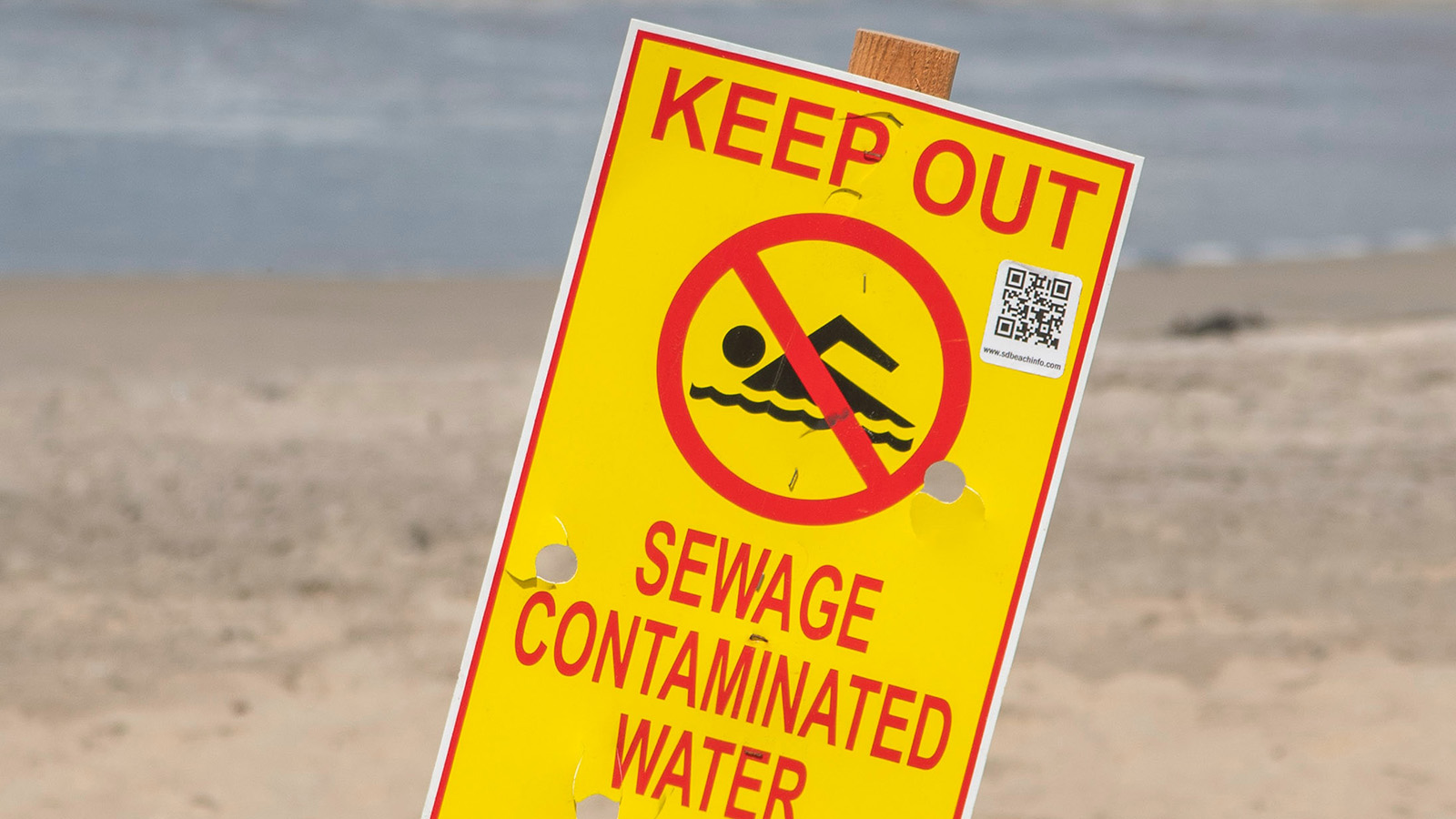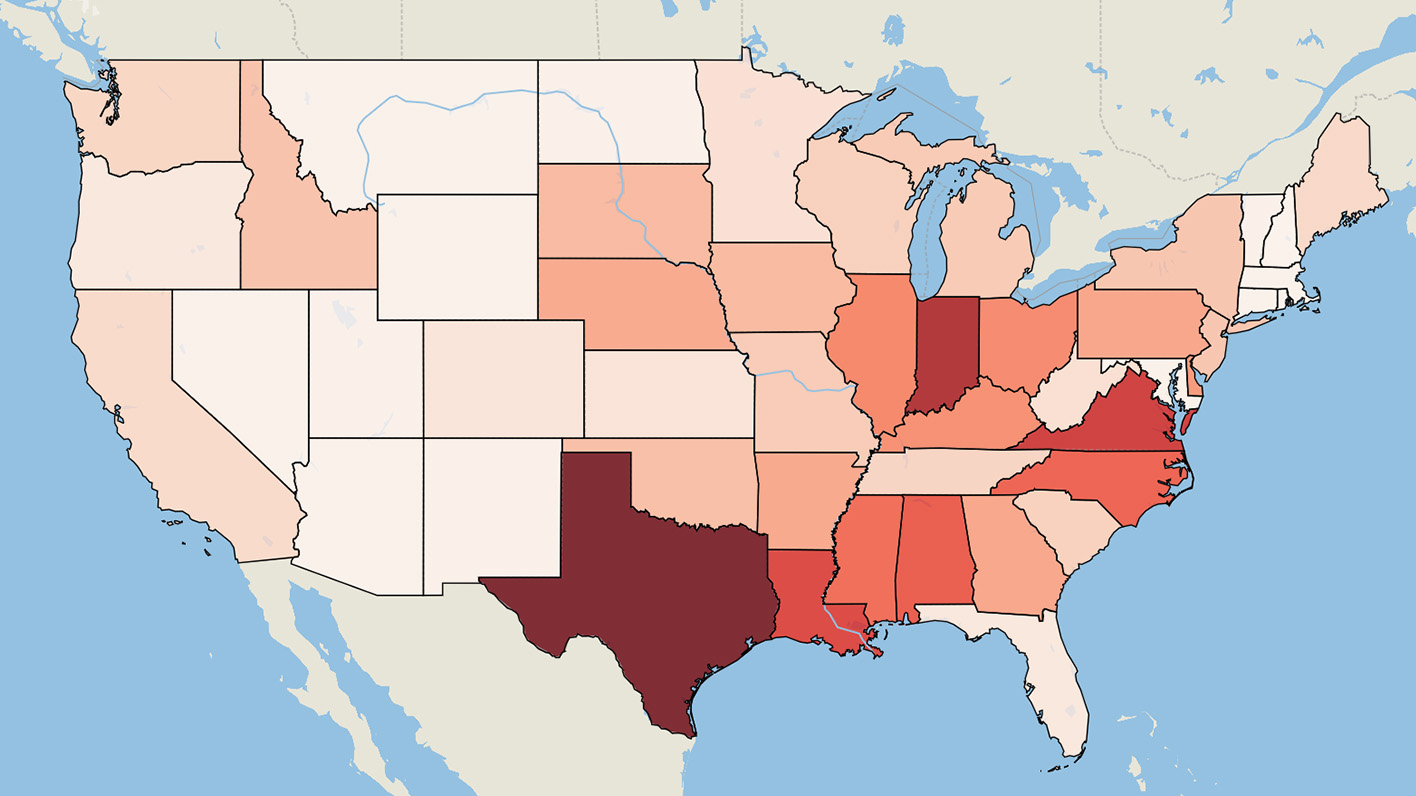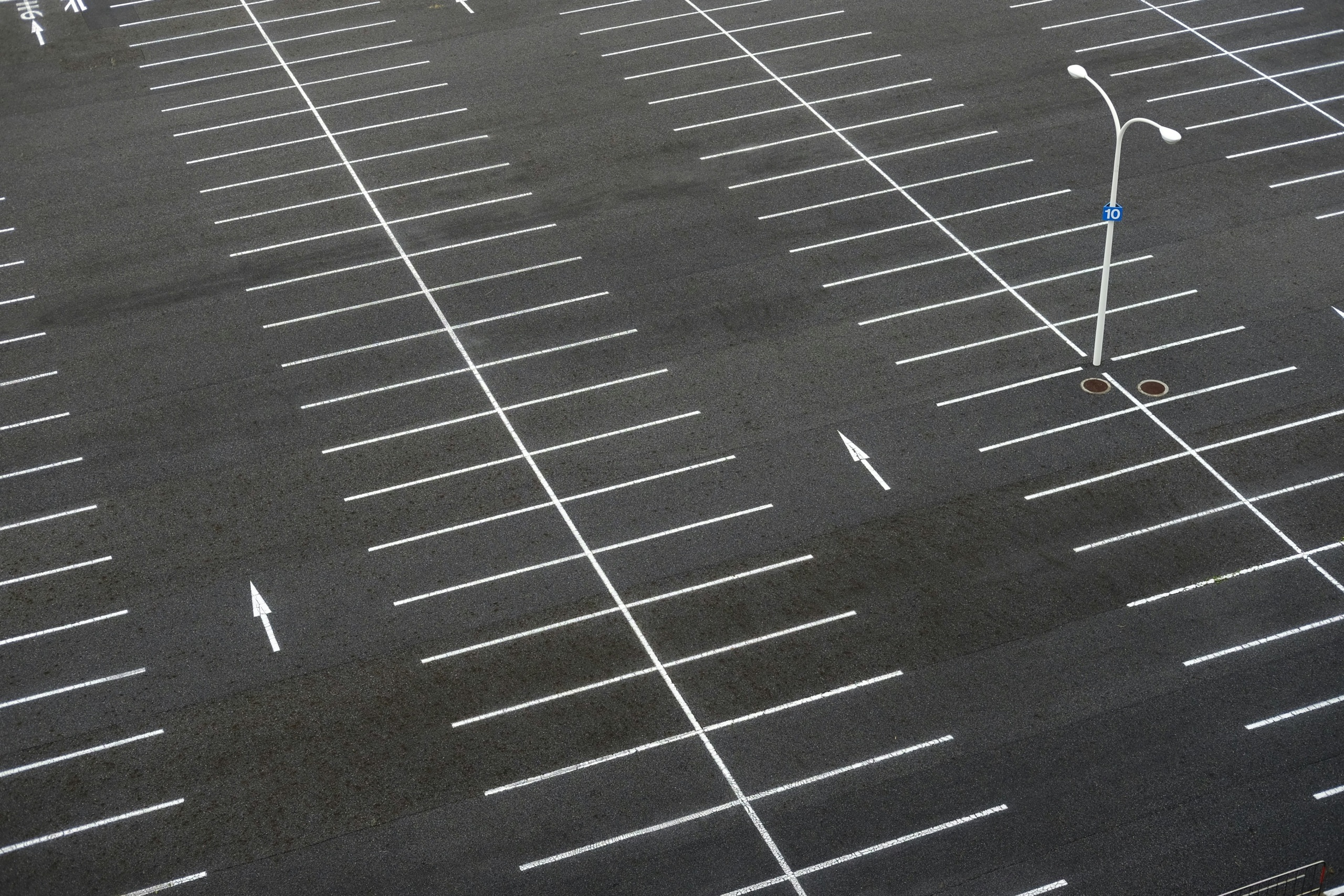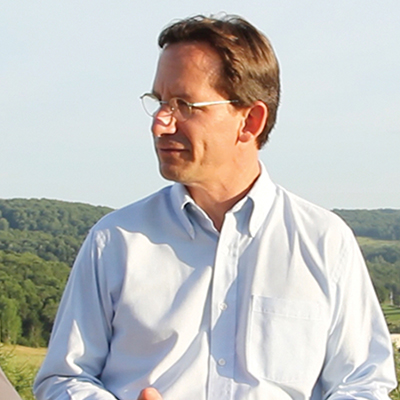
Good intentions, bad outcomes. Six ways impervious surfaces harm our cities and the environment
Every year, hundreds of thousands of acres of natural land are paved over with concrete, asphalt and other impervious materials. Too often, the full extent of the threat this poses for us and our environment is ignored. It's time to start taking it seriously.
Hundreds of thousands of acres of natural land across the world are lost every year to development. More often than not, with this development comes an increase in the impervious surface cover – roads, driveways, parking lots, buildings and so on – that has become ubiquitous in the places most of us live. While pavement and other hard surfaces obviously have their uses, it’s also true that dominant approaches to urban planning have so far largely failed to take full account of the damage all this pavement is doing to us and the environment. That damage takes numerous different forms.
Increased flood risk
Unpaved ground absorbs rainfall, allowing water to soak naturally into the soil where it is filtered of pollutants and gradually makes its way to aquifers. Paved surfaces disrupt this process, altering natural drainage patterns, leading to increased volume and speed of surface runoff, diminished groundwater recharge, and rapid and intense streamflow during periods of heavy rain causing erosion and more frequent and severe flooding. According to a recent estimate by the Nature Conservancy, for every inch of rainfall, a single acre of impervious surface can create 27,150 gallons of runoff.
Threats to water quality
Preventing water from soaking into the ground also has consequences for water quality. As stormwater runoff flows over impervious surfaces it picks up various pollutants along the way, including heavy metals, oils, fertilizers, sediment and whatever other debris and chemicals happen to have been on those surfaces. This polluted runoff then flows directly into waterways, where it causes immense harm to aquatic ecosystems. Increased nutrient pollution, for example, can lead to toxic algal outbreaks, oxygen depletion in water, and degradation of aquatic habitats.
Pathogens in our rivers and at our beaches
Many of the pollutants that are carried into waterways by increased runoff pose health risks to humans as well as wildlife. These pollutants include both toxic substances and dangerous bacteria. High levels of fecal coliform bacteria are often found in rivers and streams following heavy rain or storms, a result of stormwater runoff carrying fecal matter (from humans, livestock and other sources) into waterways.
Sewage overflows and pressure on stormwater infrastructure
It’s not just the contents of stormwater runoff that pose a threat, but also its quantity. Higher volumes of runoff make it more difficult for combined sewer systems – designed to handle only a certain volume of runoff – to adequately treat sewage and stormwater before becoming overwhelmed, leading to sewage overflows that carry harmful bacteria and other pollutants into rivers, streams and ocean waters. According to the EPA, combined sewage overflows result in an estimated 850 billion gallons of untreated wastewater and stormwater flowing into U.S. waterways every year.
The urban heat island effect
Disruptions to water are far from the only cause for concern. Unlike natural surfaces, materials like concrete and asphalt absorb and re-radiate heat, leading to higher temperatures in built-up areas than in rural areas. This exacerbates the heat-related health issues that many cities across the world are already grappling with, as well as necessitating increased energy consumption for cooling, and worsening air pollution (extreme heat accelerates the conversion of volatile organic compounds and nitrogen oxides in the air into harmful ground-level ozone, for instance). This has big implications for the resilience and livability of urban environments, especially since the heat-related problems many cities are already experiencing are almost certain to worsen over the coming years.
Biodiversity loss
Replacing natural surfaces and vegetation with impervious materials comes at the expense of the wildlife with whom we share our cities, preventing birds, pollinators and other flora and fauna from thriving. Loss or fragmentation of habitat can hinder species’ ability to migrate, reproduce and maintain genetic diversity, which in turn has cascading effects on ecosystem functioning and resilience.
The problems arising from increased runoff, too, have impacts on wildlife. Water pollution can alter stream chemistry, damaging aquatic habitats, and high stormwater volumes erode stream banks and create sediment deposits that can suffocate and starve aquatic life. Conversely, during the drier months, aquatic habitats may suffer the delayed effects of limited groundwater recharge caused by impervious surfaces, which causes low base flow and thus impacts habitats found at lower depths of rivers and streams. And as development adjacent to waterways swallows up vegetated stream buffer zones, stream edge habitats, too, pay a heavy price.
* * *
Avoiding further harms and reversing the damage already done by our historically cavalier approach to the concreting of the urban world should be a pressing priority for states and cities. This means sustainable planning and incorporation of nature into our cities as part of a policy approach that balances the benefits of impervious surfaces with the benefits of preserving, nurturing and restoring natural, unpaved land.
Topics
Authors
James Horrox
Policy Analyst, Frontier Group
James Horrox is a policy analyst at Frontier Group, based in Los Angeles. He holds a BA and PhD in politics and has taught at Manchester University, the University of Salford and the Open University in his native UK. He has worked as a freelance academic editor for more than a decade, and before joining Frontier Group in 2019 he spent two years as a prospect researcher in the Public Interest Network's LA office. His writing has been published in various media outlets, books, journals and reference works.
John Rumpler
Clean Water Director and Senior Attorney, Environment America Research & Policy Center
John directs Environment America's efforts to protect our rivers, lakes, streams and drinking water. John’s areas of expertise include lead and other toxic threats to drinking water, factory farms and agribusiness pollution, algal blooms, fracking and the federal Clean Water Act. He previously worked as a staff attorney for Alternatives for Community & Environment and Tobacco Control Resource Center. John lives in Brookline, Massachusetts, with his family, where he enjoys cooking, running, playing tennis, chess and building sandcastles on the beach.
Find Out More

Safe for Swimming?

The Threat of “Forever Chemicals”

Who are the top toxic water polluters in your state?



